Moorish Cistern of Cáceres
The largest medieval water tank on the Iberian Peninsula is preserved beneath the Cáceres Museum.
The Palacio de las Veletas was built in the 15th century and now houses the Cáceres Museum, a collection of art and archaeology. But before it was converted to a palace, the historic building was a Moorish citadel, built during the Almohad dynasty that ruled medieval Spain. All that remains of that thousand-year-old fortress, a spectacular Arabic “aljibe,” or water cistern, now lies underneath the museum.
Built by Berber Muslims between the 9th and 11th centuries, the Cáceres cistern is one of the largest and best-preserved water tanks on the Iberian Peninsula. It stretches over 45 feet long and 32 feet wide, built with recycled materials from ancient Roman and Visigoth structures. It’s adorned with Arab-style horseshow arches resting on a compact floor made with 30 centimeters of mortar to waterproof the tank.
The cistern has been preserved until the present day because after the reconquest of Spain the Catholic kings authorized the demolition of the old citadel but kept the tank beneath the palace to maintain a supply of fresh water for the population. In fact, there was a door in the gardens of the palace’s back courtyard that city residents could pass through to collect water from the ancient reservoir. Today, this remarkable remnant of Moorish Spain is a highlight of the archaeological museum of Cáceres.
Know Before You Go
The cistern is located in the subsoil under the Palacio de las Veletas and is included in the permanent exhibition of the Cáceres Museum. Admission is free for European citizens. The best way to reach the museum is to walk through the medieval city of Cáceres, which is a UNESCO World Heritage Site.

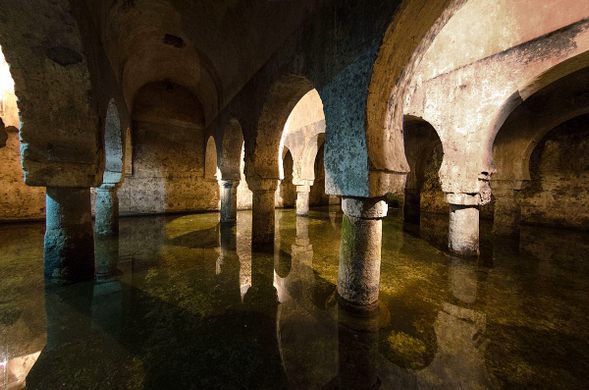
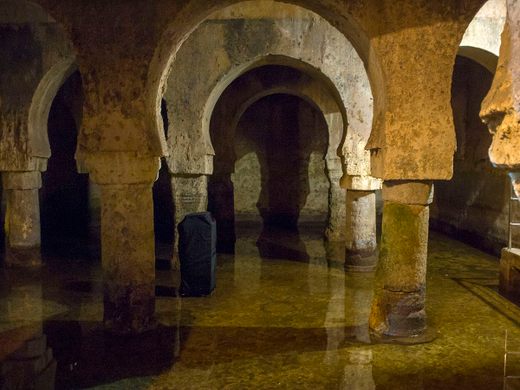


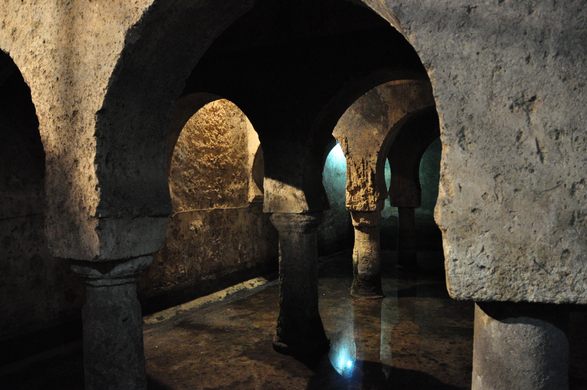
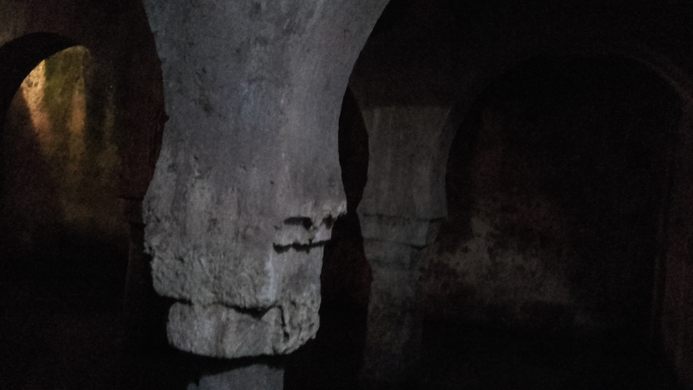
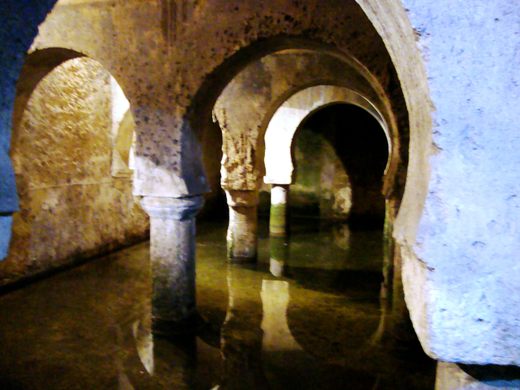





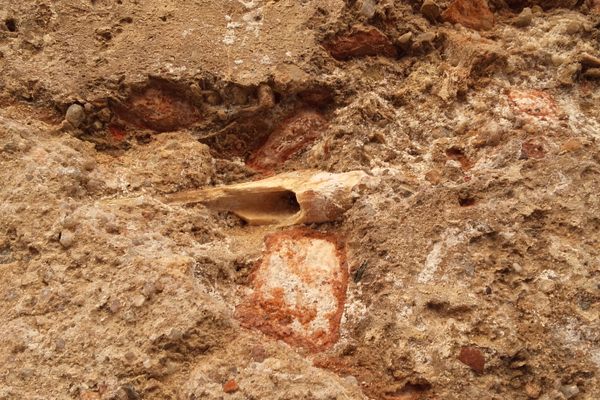



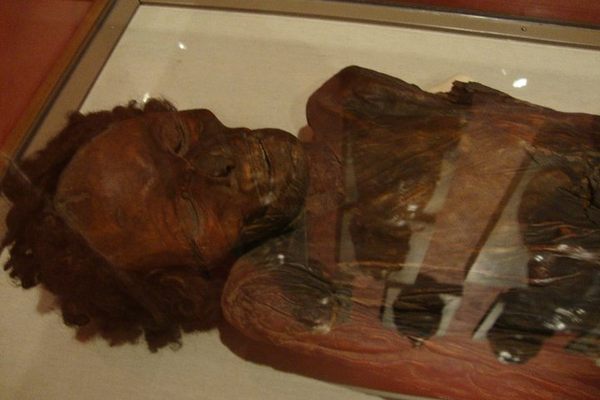


Follow us on Twitter to get the latest on the world's hidden wonders.
Like us on Facebook to get the latest on the world's hidden wonders.
Follow us on Twitter Like us on Facebook